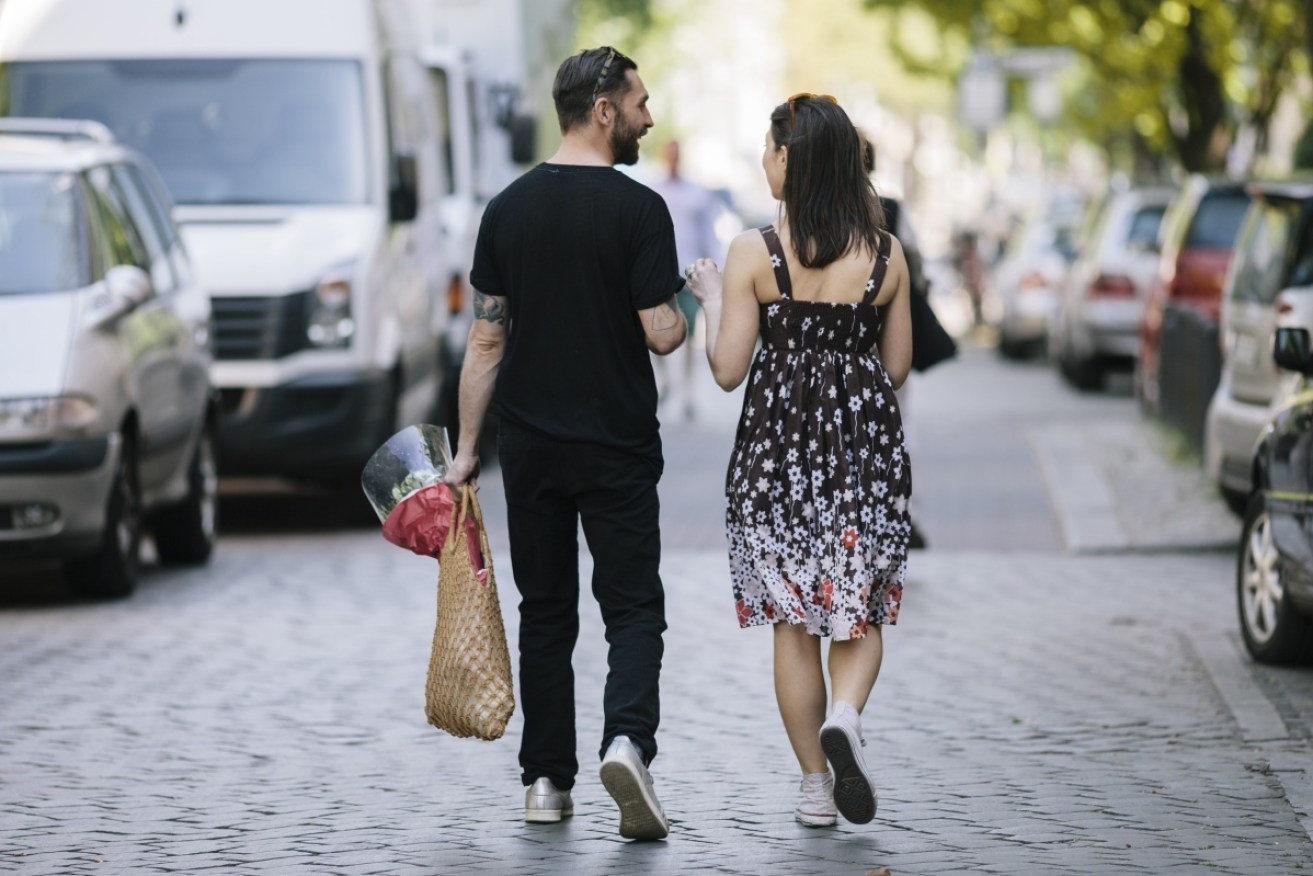Happiness is having everything in walking distance


Happiness is being able to walk to shops, services and parks. Photo: Getty
It’s official: The happiest people in Australia live in the Adelaide hills. Much of the Adelaide hills are in Mayo, the federal electorate that scored highest in a national survey of mental well-being.
Murray and Mallee – both in Victoria’s north – had the next highest scores on the Australian Unity Well-Being Index. But spare a thought for the unfortunate voters of Blaxland, in Sydney’s west, who scored lowest.
The 2016 index measured quality of life as experienced by the average Australian. It provided a 10-year average of how people felt about their life quality in 150 federal electorates, using information from 24,022 people.
So what makes a “happy suburb” – and where are they most likely to be?
Psychologist Dr Melissa Weinberg, a Deakin University honorary fellow and contributor to the Australian Unity Well-Being Index, said a feeling of belonging to your community was crucial to how much you enjoy living in a particular place.
“It’s one of the reasons why we find that rural people tend to be happier; they feel connected to their communities and they trust them,” Dr Weinberg said.
“Trust is a huge issue when it comes to feeling happy where you live.”
She said city-dwellers tended not to know – or trust – their neighbours because there was nothing that forced them to connect.
“There’s an interesting dichotomy here because people think they want to live in the city because they will have access to all these wonderful things the city has to offer, but they don’t think about what they are sacrificing to live there,” she said.
“Feeling safe to walk around at night because you trust your neighbours is a big indicator of happiness – and not many people feel that it’s always so safe to walk around the city at night these days.”
It’s not just about walking at night. Walking is, in itself, a vital measure of neighbourhood connection.
Professor Robin Goodman, dean of the School of Global, Urban and Social Studies at RMIT University, said research showed people who lived on busy roads were less connected with their neighbours.
“If you look at the older, more-established suburbs from the late 19th century, you will see that a lot of them grew up around railway stations as most people got around by walking or getting the train,” she said.
“There are beautiful parks and gardens and footpaths that are wide enough to walk on properly. [There are] areas that have communal green spaces like miniature commons where people can sit and sun bake on the weekend and where people can see them – something we call ‘passive surveillance’.”
Professor Goodman said equitable provision of social services, community health and parks (not just playing fields) was also important. And walkability is a big factor.
“When designing new suburbs or when looking for an area that would be liveable, it must have perceived safety, that is, places to walk safely away from traffic,” she said.
“Happiness is a human emotion, not an attribute of the built environment, and generally what makes people happy is people’s relationships.”










